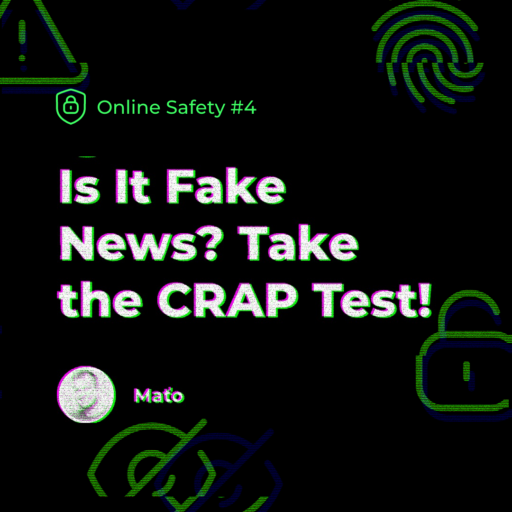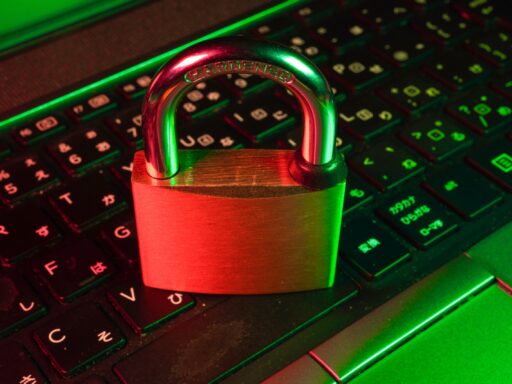Fake news is misinformation that looks like an article from a newspaper, but comes from the keyboard of a clever plotter with their own goal and agenda. Thanks to social networks, this news spreads faster than lightning and evokes strong emotion at best, crowd panic at worst. How do you verify them?
It’s a CRAP!

The abbreviation CRAP represents the initial letters of 4 words – parameters that you can focus on when reading news and in this way verify its factuality:
Current – find the date when the text was published. A true report from the past that is no longer current, just shared at the right moment, will do more harm than a newly written article.
Reliability – Is the author of the report a reliable person? Does the text look at an issue from multiple angles, does it give room for expression to all relevant parties, does it indicate its sources? Or is it just an elaborately described opinion of one person?
Authority – has the report been published by a portal that has a good reputation or specializes in this topic? Is the author a person who has already written something or is it their first piece?
Purpose – Does the text ask you to share it further? Then I guess it isn’t all in order. Can you feel strong emotions emanating from the article? Does it contain one exclamation mark after another or is the text forcibly funny? Then it’s not serious journalism.
Did it pass the CRAP test? Then it’s safe to trust the article or even share it. However, read it in its entirety. After a truthful headline or the first paragraph, a bucketload of nonsense may still follow.
Be a critic

According to the study Voices of Central and Eastern Europe (Globsec, 2020), which also studied how easily individual nations identify with disinformation, we Slovaks, together with the Bulgarians, are the easiest to fool. Approximately half of the respondents in the study agreed with unverified information without a second thought. The topic of fake news is topical right now. According to the study, 55% of Bulgarians believe, for example, that the European Union is trying to destroy their nuclear power plants in order to jeopardise the country’s position as the region’s energy leader. 30% of Estonians think that NATO is on their territory only to provoke or irritate Russia.
It’s the topic of news that is often what captivates people, overshadows critical thinking and forces them to click on the Share or Like button. Fake news is often built on hatred of a common enemy – it’s much easier to share deceptive information if we want it to be true in the depths of our minds.
CheckBot or Conspirators – together in the fight against fake news

We cannot “defend” ourselves against fake news or avoid them. Information of dubious nature attacks us from all sides and we have no choice but to be selective. The first chatbot aimed at verifying disinformation can help us find the truth. You can chat with it via FB messenger – just send CheckBot a link to the article you are not sure about and if this article is in the database of fraudulent texts, the robot will notify you. It’s also worth following the profile of the Police of the Slovak Republic Hoaxes and frauds or the website Konšpirátori.sk, where there is a list of proven unverified websites.
Today’s world is governed by information – the truthful type but also the other types. The current war is fought not only with weapons, but also, and perhaps especially, through the media. Therefore, let’s behave responsibly towards reports and share only if the CRAP test has been successful.








